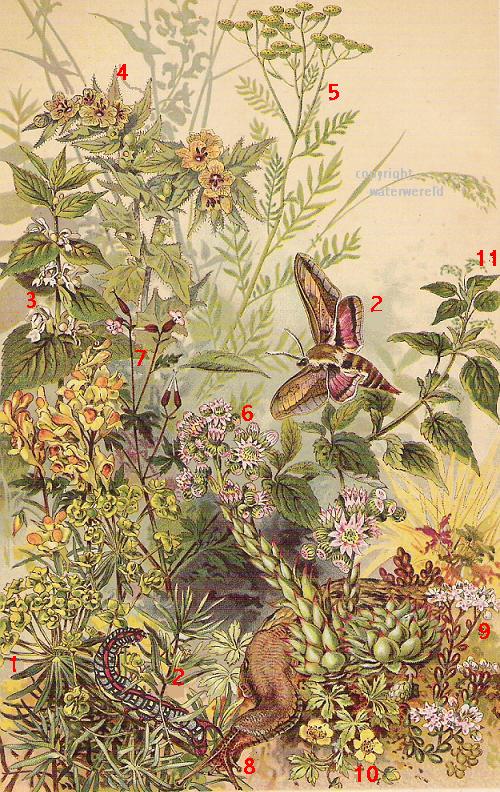Leopard slug or great grey slug
This is the largest slug of more than 2 decimeter
length and is a true omnivore. This animal
causes a lot of damage to vegetable gardens.
This slug has a high reproduction rate, but
is prey for many birds. It live at night and
is only seen on a rainy day, just to
decrease evaporation. The great enemy of the
great grey slug is the winter, many slugs
freeze dead, although they seek shelter under
wood piles and stones. Even on a frosty night
in spring many die .
The great grey slug in the terrarium
It is a large and impessive animal in youre
terrarium. But then they start eating youre
plant and other snails. And as they are mostly
active during the night, you won't see them a lot.
They eat catfood from the hand. If treated
in the right way they reache an age of more
then three year. Remember that these slugs
are also predators and that there snailtrail
makes it nescecary to clean the windows.

Anatomy of the great grey slug .
slug control
Have a look at black slug

Cypress spurge (1) (Euphorbia cyparissias)
spurge hawk moth (Hyles euphorbiae)
White Deadnettle (3)(Lamium album).
Henbane (4)(Hyosciamus niger)
Common tansy(5)(tanacetum vulgare)(4),
Houseleeks (6) Sempervivum
Herb Robert(7)(Geranium robertianum)
Large black sludge(8)(arion empiricorum or Arion ater)
Spring Cinquefoil (10) (Potentilla verna or Potentilla tabernaemontani)
Nettles(11) (urtica dioica)
|
|